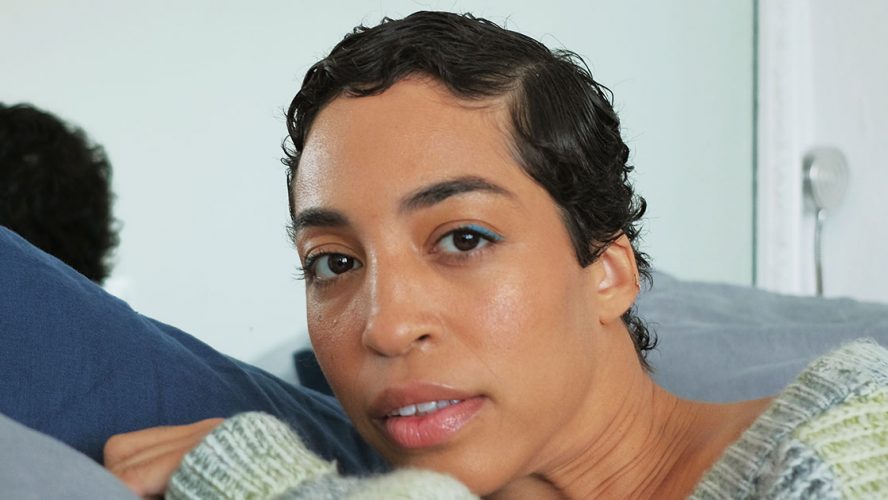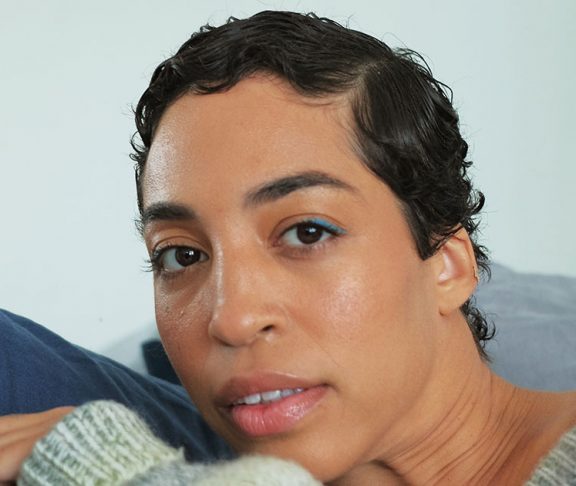As a wheelchair user with muscular dystrophy, fashion model Jillian Mercado is a key part of the generation challenging traditional beauty standards. She talked about what inspired her to pursue a career in fashion and why advocacy has become such an important part of her life.
What inspired you to get into the fashion industry?
It’s interesting, because I was very involved in the world of fashion without knowing that fashion was an industry. And I say this because, when I was very young, one of the first memories I have is sitting next to my mom, and she was a seamstress. So I remember the sounds of this really old, industrial sewing machine.
And now that I’m older, I had the opportunity to buy her a new one for her birthday, like six years ago or something like that. So yeah, in a way, my mom was the one who got me interested in fashion.
Can you talk about some of the activism work you’ve done, specifically for disability rights and the importance of inclusion?
My activism kind of manifested itself because I’ve always been very vocal about my life journey, and what I felt was right or wrong.
So with the birth of social media, I was kind of in an interesting position, because I always spoke up when I was younger. There were times when I was very afraid, I wasn’t sure, and there’s a thing where, at a younger age, you don’t necessarily have the ability to speak up. And we can feel like burdens to society — that our words are not really as powerful as someone’s who doesn’t have a disability.
But I have amazing intersectionality, being that I’m a woman, I’m queer, I’m disabled, and I’m Latina, and all of those layers are so powerful that I think that’s what kind of drove me into being an activist and advocate, specifically more so for people with disabilities, because that’s when I was confronted at all times.
So there are people who have disabilities, who may not see themselves because of lack of representation. And I have people who follow me who have never even seen a disabled person in their entire life. And there are people who are like, “I don’t associate with this, but I have a friend or I have a cousin or a sister who has a disability, and I want to become an ally.” So knowing that, I’m like, “Okay, I have to do something about it.”
Something that really aggravates me is when people have such powerful followings on social media and don’t do anything about it. It means so much to me to serve this community in such a visible setting.
When you were first diagnosed with muscular dystrophy, did you think it would be possible to reach the superstar status you’ve achieved?
No, and I still pinch myself every morning, like, “What is happening? Am I in the Matrix?”
Realizing that I was going into this career, and knowing that I had this diagnosis of muscular dystrophy, reading about it and researching it, I was scared. I was scared that people wouldn’t take me seriously. And that’s because there’s such an extreme lack of representation of the disability community, and how most of the stories you hear about us in television and movies, they’re not our lives; and they’re always told by non-disabled people, which is very, very problematic. We’re always seen as less than, we’re not seen as humans that have normal lives.
But because I’m super stubborn and very determined, I was like, “I’m gonna do everything in my power that I can to change that narrative.” At the beginning, it was very scary; it was like bungee jumping. You know that you’re safe, that you have a community around you that cares for you and loves you, but also, it’s a leap of faith. But I was ready to do whatever it took to take the communities I identify with and elevate us.
How do you think the fashion industry can improve on inclusion and representation?
First, I do have to say that since I started, there have been a lot of improvements. I think the big thing is to listen to those communities that have been super underrepresented. Listen to the LGBTQ+ community, listen to the indigenous community, to all of these communities that have never seen themselves represented.
And then after listening, to actually make changes. It’s about saying, “I’m here, I’m with you, how do we internally change our brand?” It’s not about just putting them in a campaign once.
I believe in the world, and I think that our generation especially, because of social media, can understand how we’re literally on this planet together, and that we should probably start acting that way.



